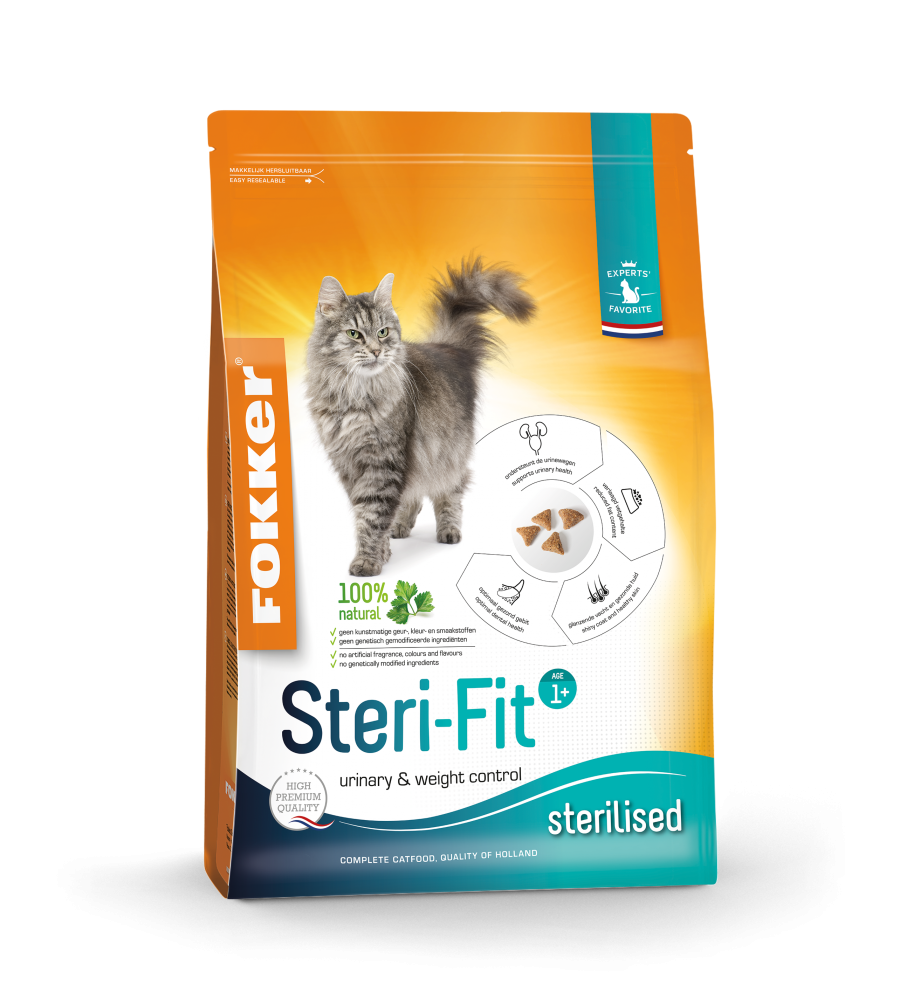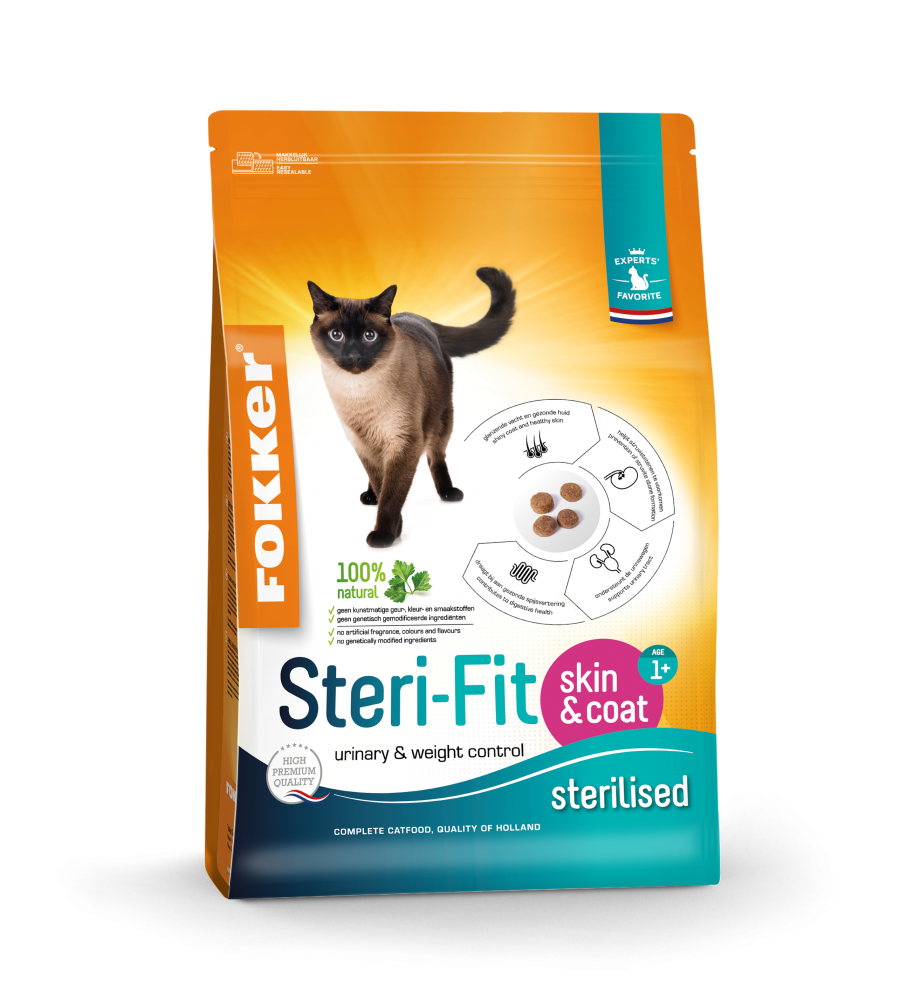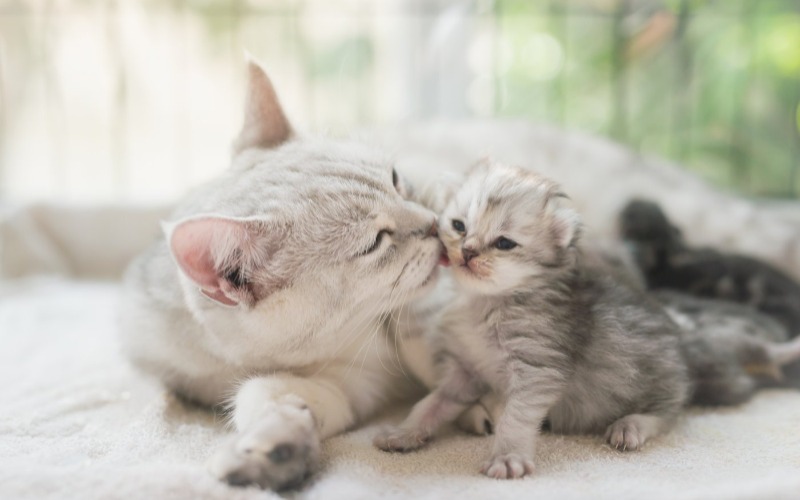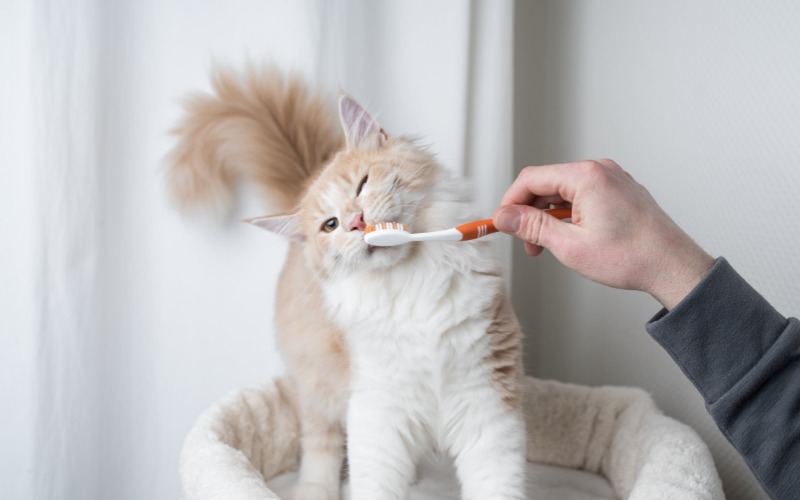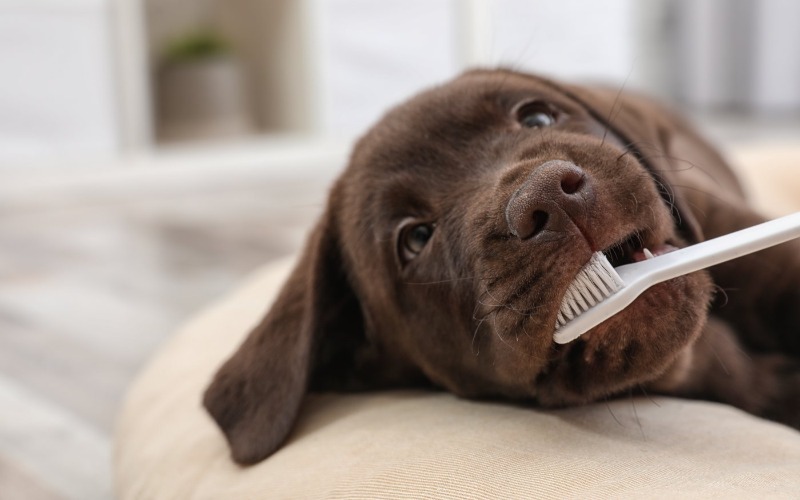No, we don't know that one yet. Yet kittens, just like humans, exchange their baby teeth for adult teeth. But where we sometimes come up with creative solutions to get our baby teeth out - think of the wire on the door handle - you rarely notice that cats are changing.
Read more about how switching works and what food you can support your kitten with.
Kittens are born without teeth.
When they are around 3 to 4 weeks old, the first baby teeth appear. At 12 weeks, the milk teeth are also present. A kitten's milk teeth are made up of 26 elements:
- 12 incisors
- 4 canines
- 10 small molars
Around the age of 3 months, the front teeth can make way for permanent teeth. The permanent canines and molars appear at 5 to 6 months. There are also 4 large molars, which cats use when tearing their prey.
Are you thinking 'How strange, my kitten has never exchanged teeth?' That is not so strange.
Usually you hardly notice the change in kittens. They swallow the milk teeth that fall out. Very occasionally your kitten loses a loose tooth while playing, which you find on the floor.
The only signs that sometimes occur are kittens wanting to bite more during the change, drool a little or have a bad smell from their mouths. That is normal. Teach your little ball of fluff right away that biting is not normal behavior. With baby teeth, the bits still feel loving, but with sharp teeth you quickly think differently. A chew toy works wonders!
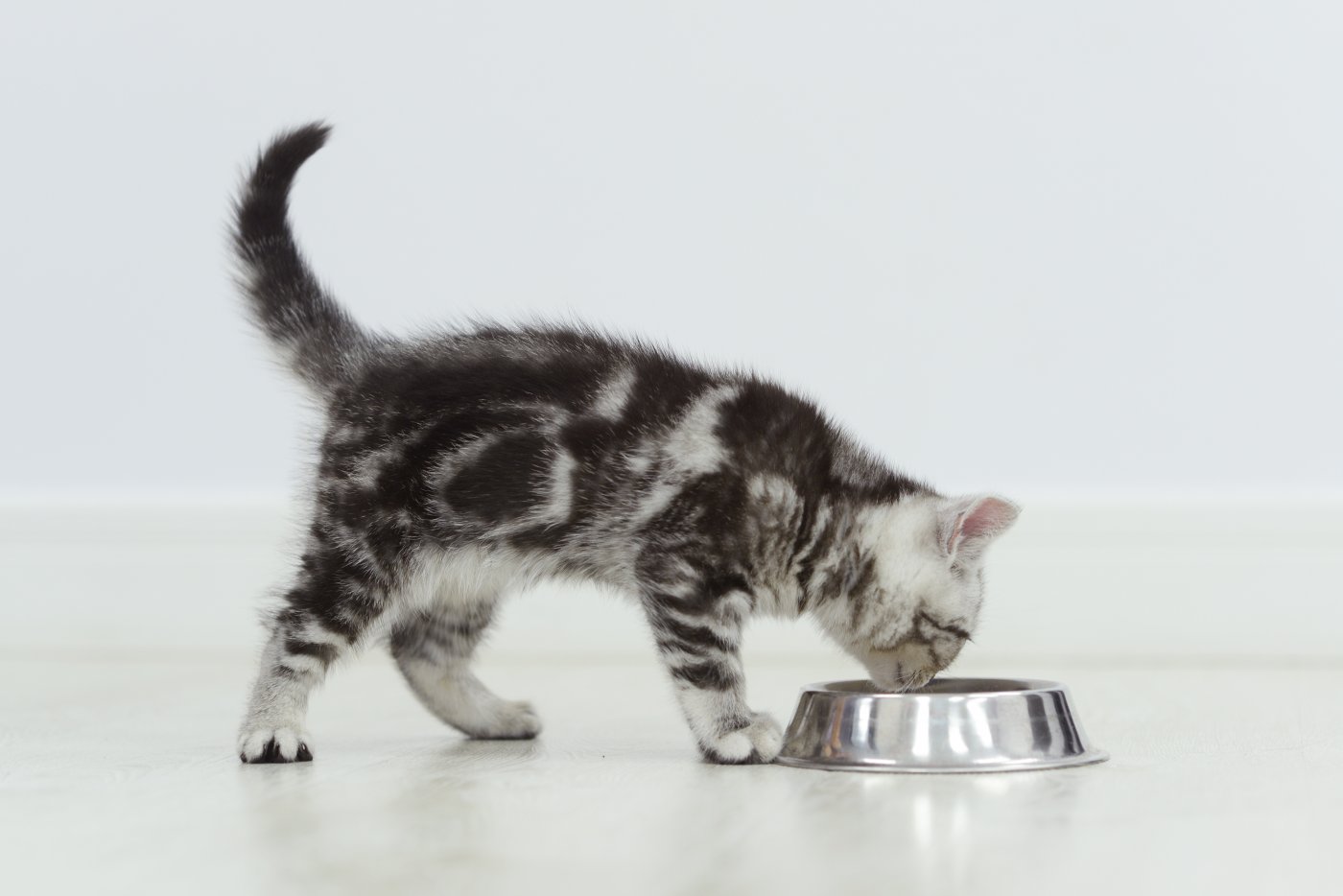
As mentioned, kittens usually change their teeth without you noticing.
Still, things can go wrong. It is therefore important to visit the vet regularly.
These are the most common kitten teeth abnormalities:
- Baby teeth remain: If the deciduous teeth do not fall out on their own, the vet has to pull it. Canines, in particular, sometimes stay longer than intended.
- Missing Elements: Some cats do not have complete teeth. This can be because the teeth or molars are not made, or because they are stuck in the gums. In the latter case, the vet can help to get them through.
- Abnormal position: when teeth grow incorrectly, it can cause nasty problems. For example, if the lower canine tooth is too far in, it will pierce the palate. This is not only painful, but also causes inflammation.
- Under or over bite: if the jaws are not neatly aligned, good dental care is extra important. The teeth then do not rub against each other well while eating, so that more plaque is formed.
Choosing the right food is important
Our Fokker Opti-Grow is specially tailored to the needs of kittens, because these kibbles are smaller than those for adult cats, you can continue to give it during the change. Do you notice that your kitten has trouble chewing kibble? Then soak them in a little water so that they become soft.
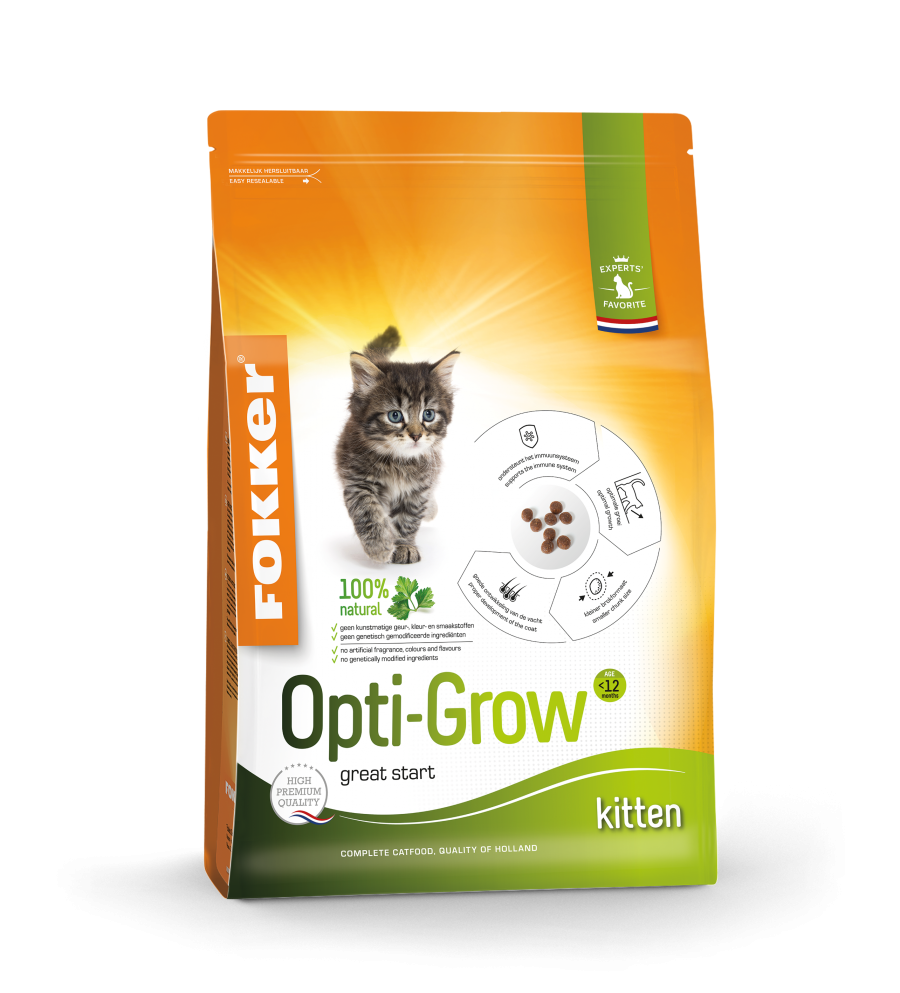
A complete premium cat food for kittens. High-quality ingredients for healthy development.
See product
 Language
Language  Login
Login